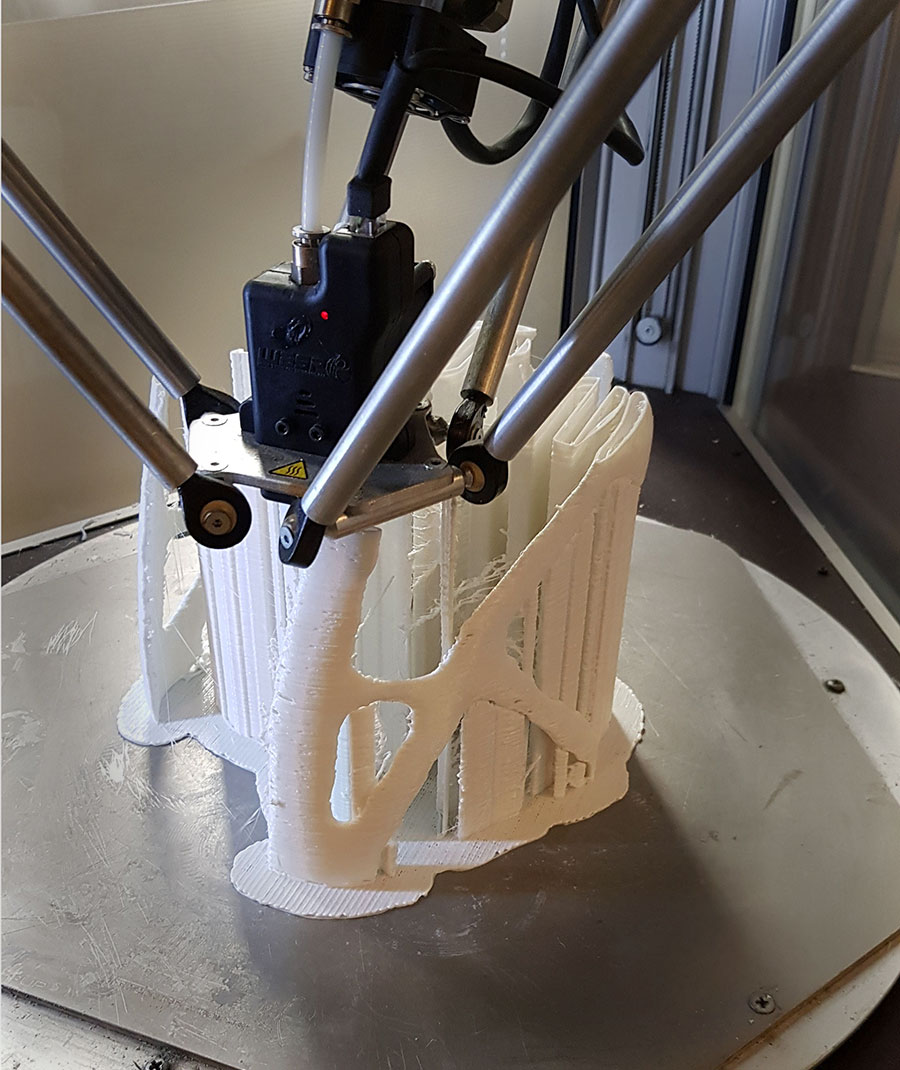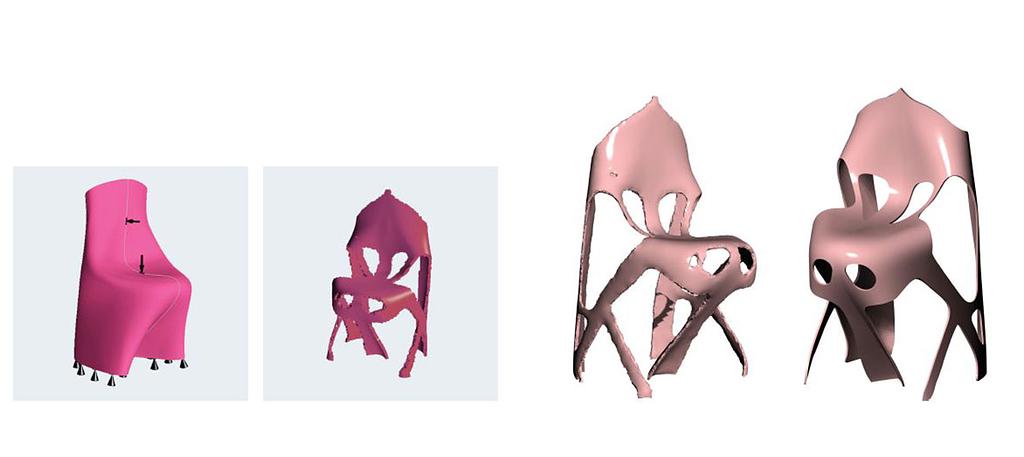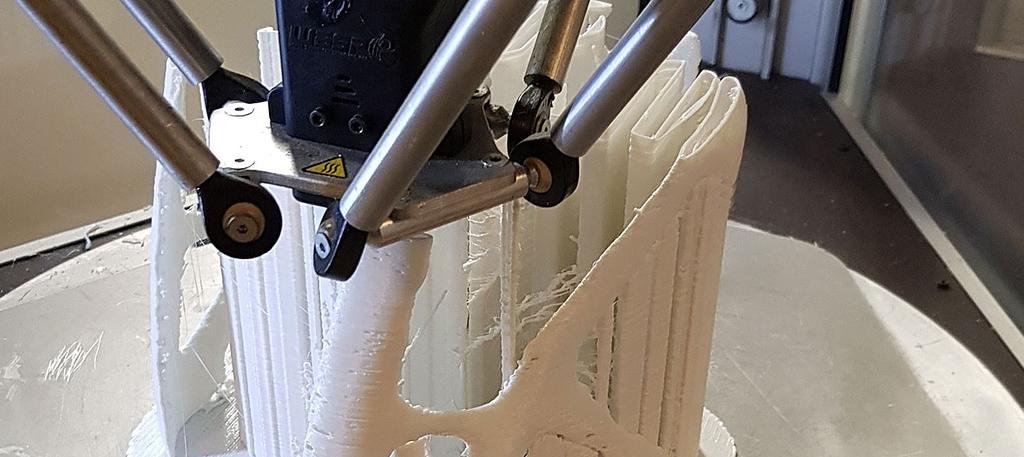Experimental Material Systems Design

Simulation-driven design integrates multidisciplinary data and performance criteria into the early design process, enabling adaptive, resource-conscious architectural solutions through iterative modelling and expanded exploration of form.

Summary
The evolution of design culture has led to more complex, multidisciplinary approaches that rely heavily on data and simulation. Simulation-Driven Design shifts the role of simulation from a tool for verification to a generator of form and performance. By integrating physical, material, and environmental inputs early in the process, designers can explore a wider range of solutions and test their feasibility from the outset. This approach enables more adaptive, efficient, and informed architectural outcomes while reducing traditional project constraints and fostering cross-disciplinary collaboration in a single, dynamic workflow.

